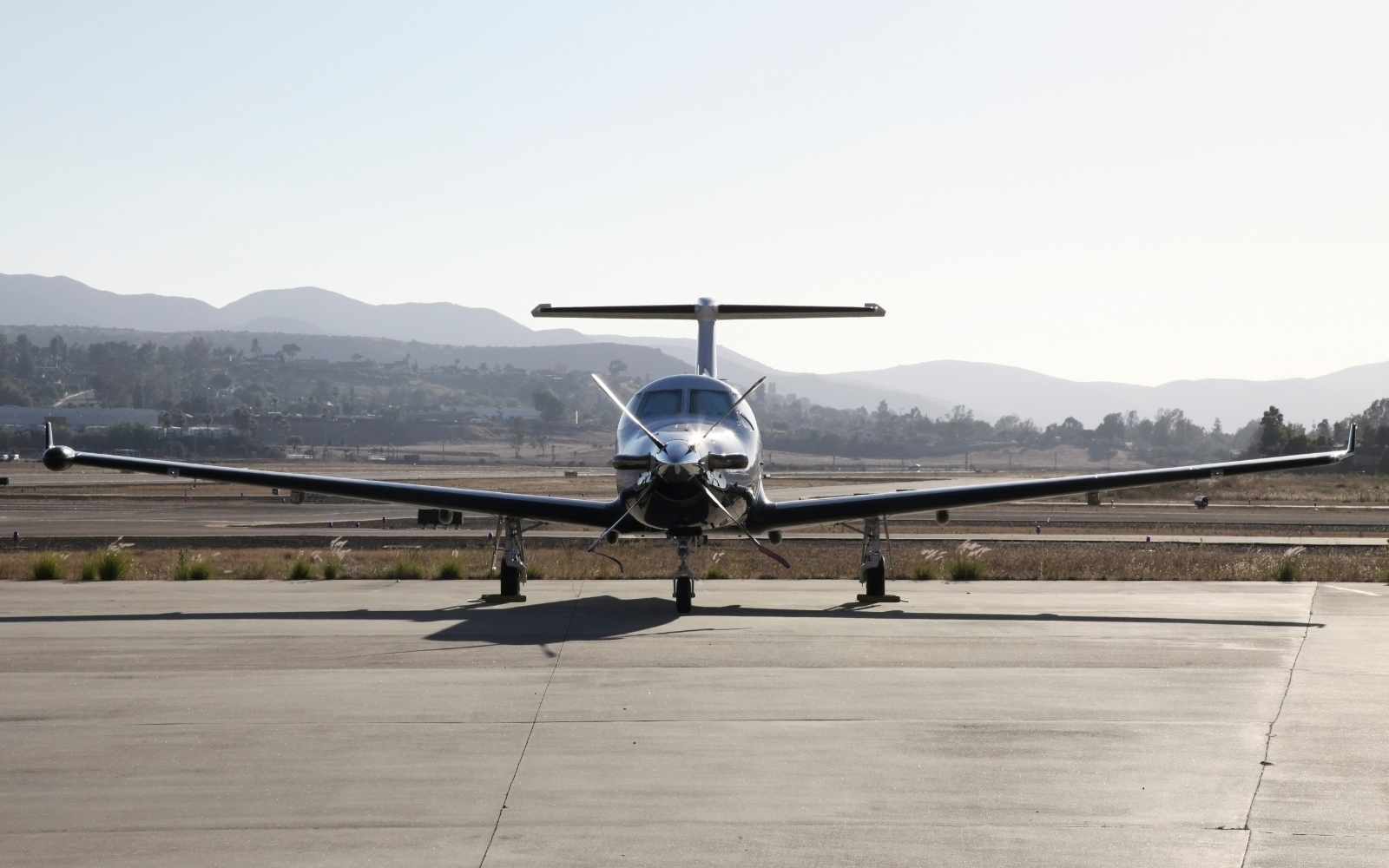I receive a lot of questions here at Still Going Somewhere Aviation, which inspired me to create this website. I only consider the unasked questions to be stupid. I mention this because of the following question:
I know this is a stupid question, and I hate asking this. I want to learn how to be a pilot like my dad. When I was out at the airfield for that discovery flight, even though I had been up with Dad, my dad wouldn’t let me go up, and the pilot I was going with also said we would reschedule. I was told we were not going to fly because the dew point and the temperature was one degree apart. I don’t understand that as a reason not to fly.
Name and location witheld by request
Please don’t tell anyone my name or where I live. Thank you.
There is no such thing as a stupid question. Each question is an opportunity to learn. Here’s your answer:
As a pilot, I hate to fly in the fog. I can do it; I don’t like to fly in the fog. When the dew point and temperature are one degree apart, that indicates a high humidity level in the air. This means there is a high chance that fog will form as the air is close to saturation, and even a slight cooling could cause condensation and reduced visibility; essentially, it’s a critical situation requiring close monitoring and potentially altering flight plans due to potential fog hazards.
The pilot I took my discovery flight with lost his life while flying in a very thick fog. He was in a smaller, older craft with no radar, and he was flying VFR (Visual Flight Rules). Rick flew into an old tower, and we assume he saw the lights when it was too late, if at all.
In this case, your father and the pilot were unwilling to take chances. I’ve been to your state more than a few times, and fog has grounded me from taking flight.
Before I go, I’ll leave you with some points to remember. As you learn to fly, you are in for the adventure of a lifetime!
Points to remember:
- High humidity: A difference between temperature and the dew point means high humidity in the air.
- Fog risk: When the temperature and dew point are the same, the air is saturated, and you are at 100% relative humidity, and that’s what causes dew to form, can lead to fog, and creates condensation.
- Pilot awareness: As a pilot you need to be careful when the temprature and dew point are a degree or two off. Depending on what you’re flying, fog can ground you, impact how far you can see, and interfear with safe flight operations.
Do you have a question? If so, use the form below and I’ll do my best to answer it for you.




